If you’ve ever wondered why your pool water looks cloudy or just feels tougher to keep clean, total dissolved solids (TDS) might be the culprit. TDS measures all the dissolved stuff in your swimming pool—minerals, salts, even random contaminants that sneak in over time.
When TDS gets too high, your pool water can look dull, feel out of whack, and just isn’t as safe or easy to swim in.
High TDS doesn’t always mean your water’s dirty, but it does mess with how well your pool chemicals, like chlorine, do their job. Suddenly, keeping your pool clear and algae-free turns into a bit of a headache.
If you get what TDS is and how to manage it, you’ll have a much easier time keeping your pool sparkling and swim-ready all season.
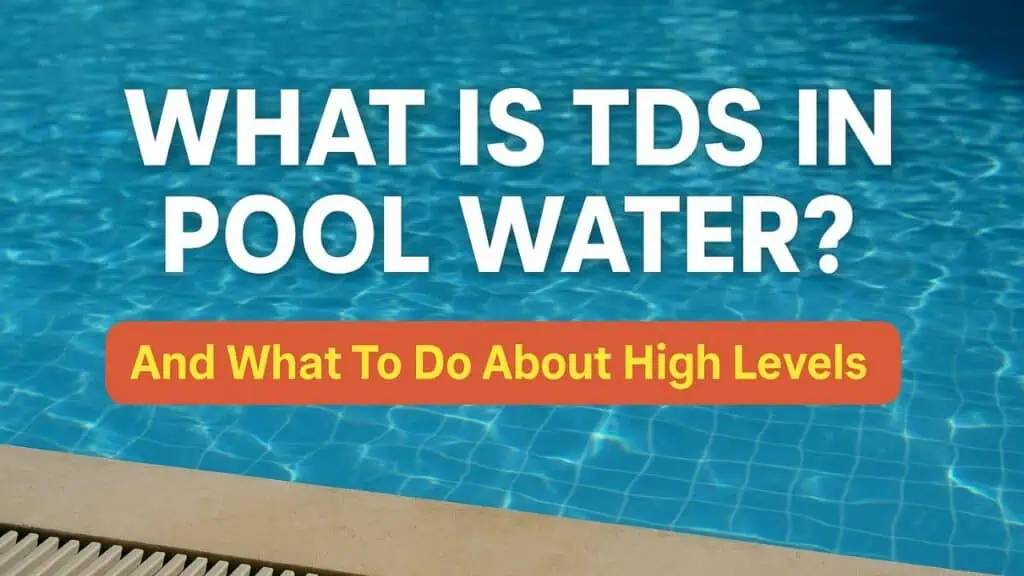
What Is TDS in Pool Water?
TDS stands for Total Dissolved Solids. It measures all the stuff dissolved in your pool water that you can’t see. This includes minerals, metals, salts, and chemical residues.
Here are some common sources of TDS:
- Salt, from saltwater systems or added manually
- Calcium and other minerals, especially if you have hard water
- Metals like copper and iron, often from pool equipment or source water, such as well water
- Chlorine byproducts, like chloramines that build up over time
- Body oils, sweat, and sunscreen, introduced by swimmers
These substances dissolve into the water and accumulate. They don’t evaporate or get removed by the filter. The only way they leave the pool is when you physically remove water and replace it.
TDS vs Water Hardness
TDS and water hardness get mixed up a lot, but they’re not the same. Water hardness is just about calcium and magnesium minerals in the water. These make water “hard” and can cause scaling or cloudiness.
TDS is all dissolved stuff—salts, metals, everything—not just calcium and magnesium. So you can have soft water with high TDS if there’s a bunch of other dissolved material.
Both TDS and hardness mess with your pool’s water balance, but you measure them separately. Most pool owners watch both to keep things comfy and safe. Managing both helps you dodge cloudy water, scale, or irritated eyes.
Why TDS Matters
High TDS levels affect water clarity, comfort, and chemical performance. Here’s what can happen:
- Cloudy water: When there’s too much dissolved material, it scatters light and makes the water look dull or hazy.
- Skin and eye irritation: High TDS can disrupt water balance and irritate swimmers.
- Stains or scale: Metals can stain the surface, and calcium can leave a chalky buildup.
- Reduced chlorine efficiency: Chlorine binds with other dissolved solids and becomes less effective at sanitizing.
You may notice you’re using more chlorine than usual or struggling to keep algae away, even with balanced pH and alkalinity. That’s often a sign TDS is too high.
How To Check TDS in Pool Water
There are two simple ways to test your pool’s TDS level:
Using a TDS Meter
- These handheld digital tools are affordable and easy to use.
- To test, fill a clean cup with pool water.
- Insert the meter probe into the water.
- Within seconds, you’ll see a reading in ppm (parts per million).
- Make sure to rinse and store your meter properly to keep it accurate.
For the past two years I have been using the YINMIK pH Salt Meter 5 in 1 pH TDS EC Salinity Tester below. It performs well, is very easy to use and gives acurate readings, not only for TDS but salt levels, pH and temperature.
At a Pool Store
- Many local pool stores offer free water testing.
- Bring in a fresh water sample.
- They’ll test for TDS along with other levels like chlorine, pH, calcium, and CYA.
You don’t need to test TDS every week, but it’s a good idea to check it at least once a month during heavy use, and after major chemical treatments.
What Is a Good TDS Reading for Pools?
TDS is measured in ppm. Here’s what the numbers mean:
- Ideal Range (freshwater pools): 1,000–2,000 ppm
- Saltwater Pools: Normal up to 3,500–4,000 ppm due to added salt
- Above 2,500 ppm (freshwater): Start monitoring closely
- Above 3,000 ppm: Take action to lower TDS
Keep in mind that saltwater pools start with higher TDS because salt is a dissolved solid. For these pools, you’ll want to measure salt and total TDS separately, then subtract the salt amount to determine what’s left from other sources.
What to Do if TDS Is High
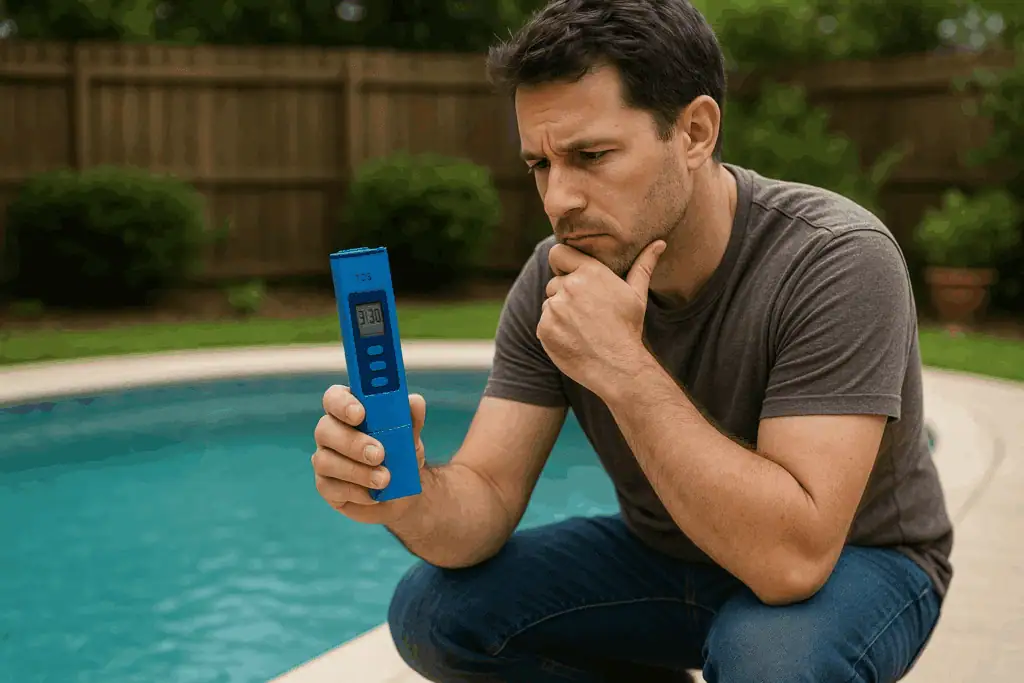
Unlike chlorine or pH, you can’t lower TDS with a simple chemical. It builds up and stays in the water. Here’s how to fix high TDS levels:
1a. Partially Drain and Refill
This is the most effective method to reduce TDS. By removing some of the old water and replacing it with fresh water, you dilute the concentration of dissolved solids.
- Drain 1/3 to 1/2 of your pool water, depending on how high the TDS is.
- Use a submersible pump or your pool’s waste line.
- Refill with clean tap water.
- After the pool refills, retest the TDS level to make sure it’s back in the safe range.
Repeat this process every 1–2 years, or more often if you use a lot of pool chemicals.
1b. Reverse Osmosis and Advanced Water Treatment
Reverse osmosis (RO) is a high-tech way to cut TDS without draining. RO pushes your pool water through special membranes that strip out dissolved solids, including calcium, salts, metals, and more, while keeping most of your water in the pool.
RO is a lifesaver when you can’t drain because of water restrictions or drought. It wastes way less water than draining, and it even pulls out stuff like phosphates and nitrates that regular filters miss.
You’ll need a pro to bring in the RO system and run your water through it. You can find a reverse osmosis service that can come to your home and do this by serching online.
It costs more than draining, but RO protects your pool’s finish and can save you water money in the long run. Most people notice clearer water and easier chemical balancing after RO treatment.
2. Clean the Pool Filter
While filters don’t remove dissolved solids, a clean filter helps manage water clarity and circulation. It’s a good habit to clean or backwash the filter after a partial drain and refill.
3. Reduce Chemical Overuse
Using too many unnecessary chemicals adds to TDS. Avoid dumping in clarifiers, algaecides, or shock unless your water actually needs it. Follow label instructions and test water first.
4. Maintain Water Balance
Keeping your water balanced helps slow down the buildup of TDS. Check pH, alkalinity, and calcium hardness regularly. Balanced water needs fewer adjustments, which means fewer added solids.
Can High TDS Damage My Pool?
When TDS gets high, you’ll notice changes in how your pool looks, feels, and even how well your equipment and chemicals work.
If left unchecked, high TDS can lead to bigger problems:
- Etching or scaling on pool walls and tiles
- Staining from metals like copper or iron
- Corrosion of metal ladders, rails, and heaters
- Poor sanitizer performance, leading to algae and cloudy water
You might notice water that feels sticky or tastes salty. Even though it may look okay at first glance, high TDS can slowly wear down your pool equipment and surfaces.
Health Concerns from High TDS
Swimming in high-TDS water can be rough on some people. You might get red eyes, dry skin, or just feel itchy after a swim.
High TDS itself isn’t always a big danger, but it usually means there’s more organic gunk, leftover chemicals, or even bacteria that chlorine can’t quite handle. That ups your risk of running into microorganisms.
Tips to Prevent High TDS
It’s easier to prevent TDS buildup than to fix it later.
Start with solid pool maintenance. Test your water regularly—keep tabs on chlorine, calcium hardness, alkalinity, and pH so you can tweak things quickly.
Only use as many chemicals as you really need. Overdoing sodium hypochlorite, calcium hypochlorite, or cyanuric acid (CYA) pushes TDS up fast. Skip unnecessary shocks or extra specialty chemicals unless you really need them.
Ask swimmers to rinse off before jumping in to cut down on oils, sunscreen, and other junk adding to TDS. For covered pools, use the cover as recommended to reduce evaporation—less evaporation means fewer minerals left behind. Clean your filters regularly; a clean filter grabs more particles before they dissolve.
Here are some simple habits:
- Use only the chemicals your pool needs, based on test results
- Shower before swimming to wash off oils, sweat, and products
- Limit algaecide and clarifier use, as they often contribute to TDS
- Drain and refill 10% of your pool water monthly, especially during summer
- Test TDS a few times each season, not just when problems arise
For saltwater pool owners, be sure to check salt levels separately and stay within manufacturer guidelines.
Frequently Asked Questions
How often should I check TDS in my pool?
Check TDS at least once every 1–2 months during swim season. Test more often if you notice cloudy water or ineffective chlorine. It’s also smart to test after heavy chemical use or topping off the pool with hard water.
Is high TDS dangerous to swimmers?
High TDS isn’t usually harmful on its own, but it can irritate skin and eyes. More importantly, it makes chlorine less effective, which increases the risk of bacteria and algae. That’s why it’s essential to keep it in the ideal range.
Can I use chemicals to lower TDS?
No, there are no pool chemicals that reduce TDS. The only solution is to dilute the pool by partially draining and refilling with fresh water. This physically removes dissolved solids.
What’s the difference between TDS and salt level in a saltwater pool?
Salt is part of TDS. In a saltwater pool, your salt level might be 3,000–3,500 ppm, but total TDS will be higher due to other dissolved materials. You should measure both to understand your water chemistry fully.
Does rainwater help reduce TDS?
Yes, rain can dilute your pool water slightly, which may lower TDS over time. But it’s not enough to solve high TDS on its own. You’ll still need to do a partial drain and refill for significant reduction.
Can the TDS level affect a salt water pool differently, and how should it be managed?
Saltwater pools always show higher TDS because of the salt needed for the chlorine generator. Most of that TDS is just salt, which is totally normal—and fine—as long as it stays in the right range. Still, it’s smart to check TDS and salt separately. Stick to your pool’s recommended salt level, and if TDS climbs too high for a saltwater pool, do a partial drain to get things back in line.
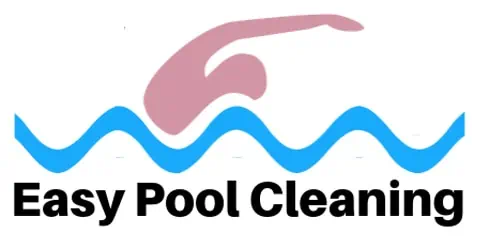

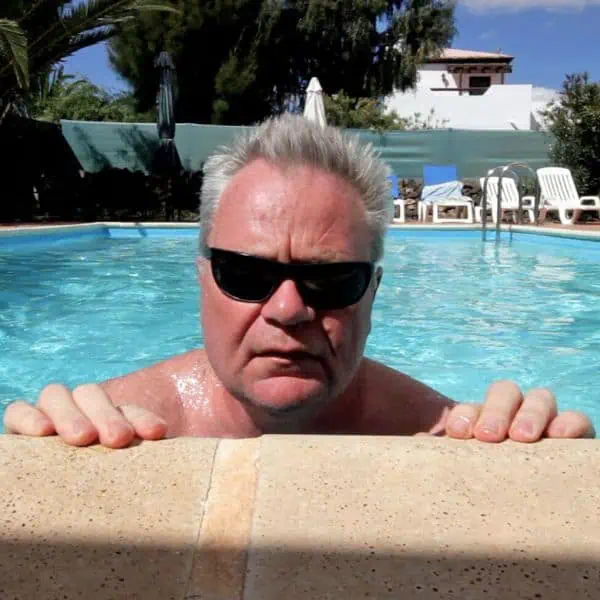

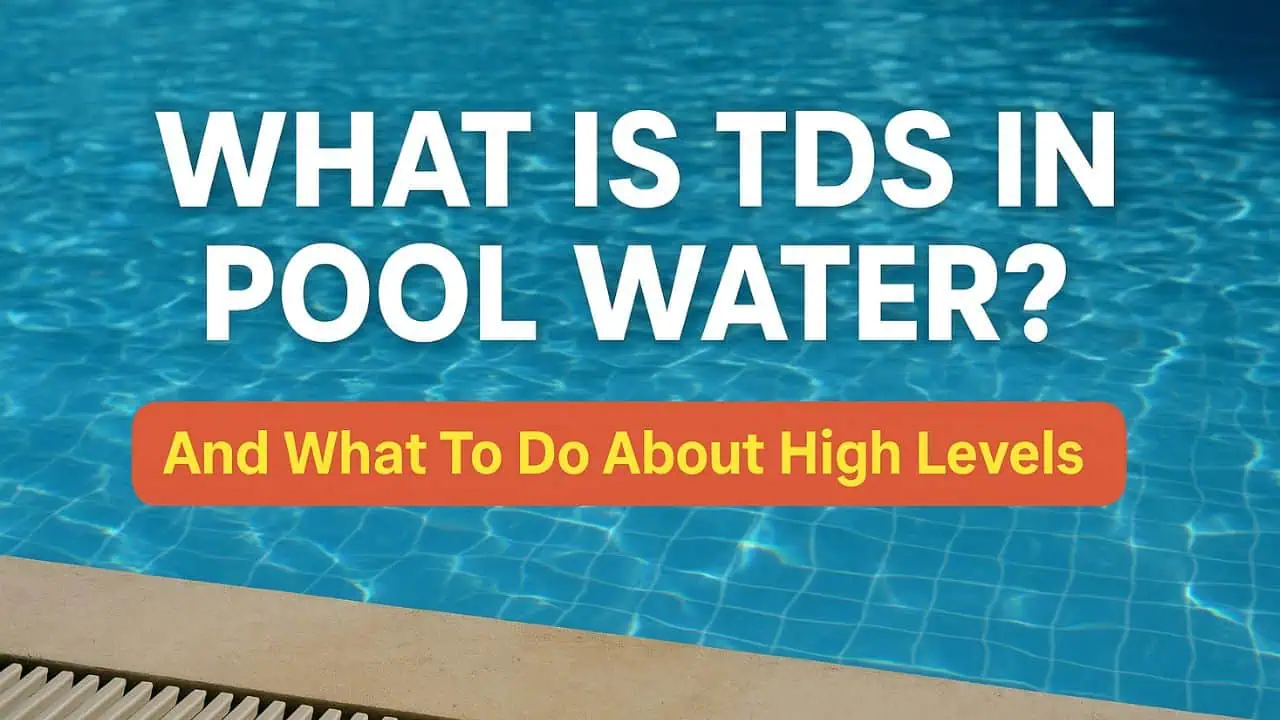

Leave a Reply